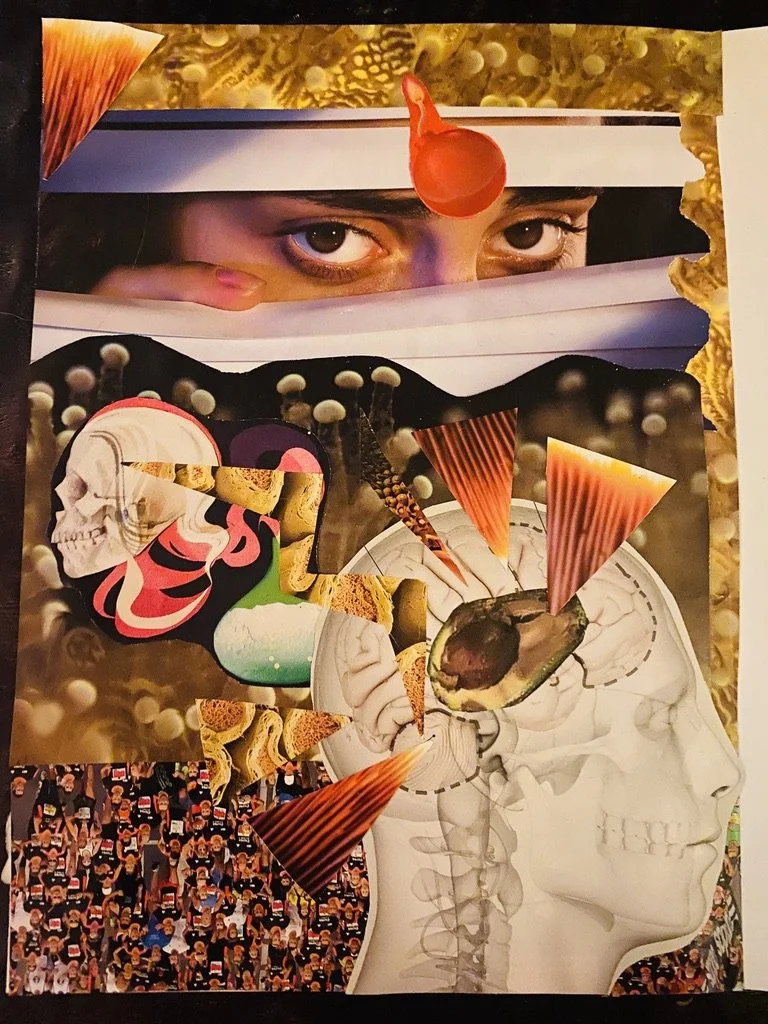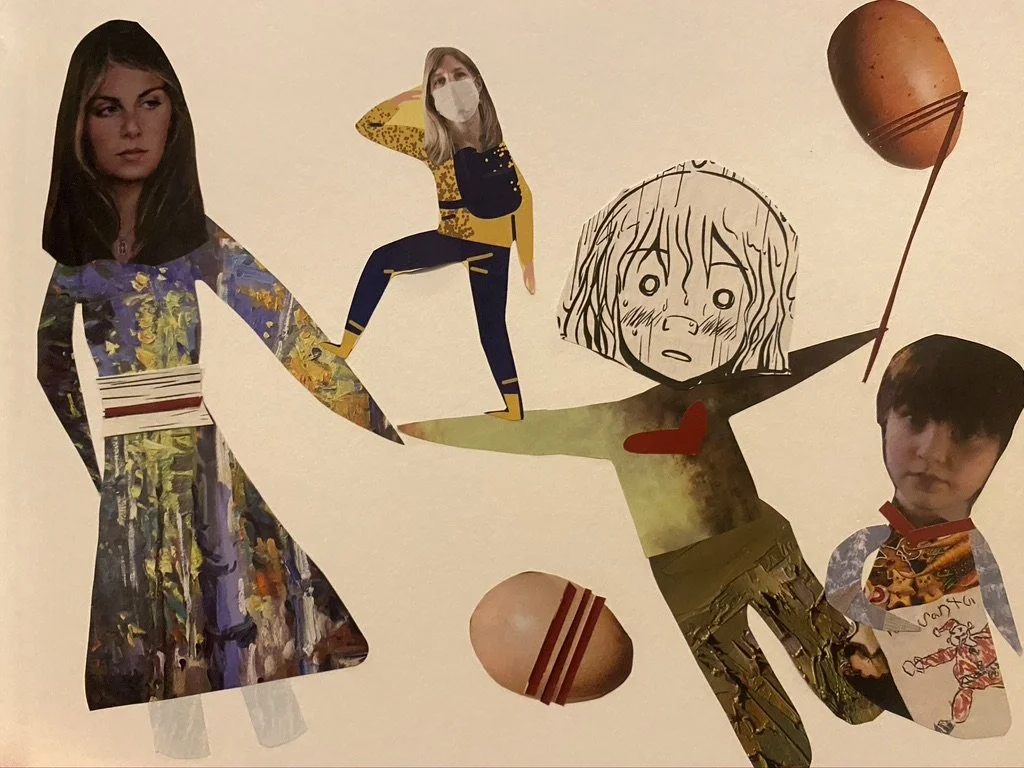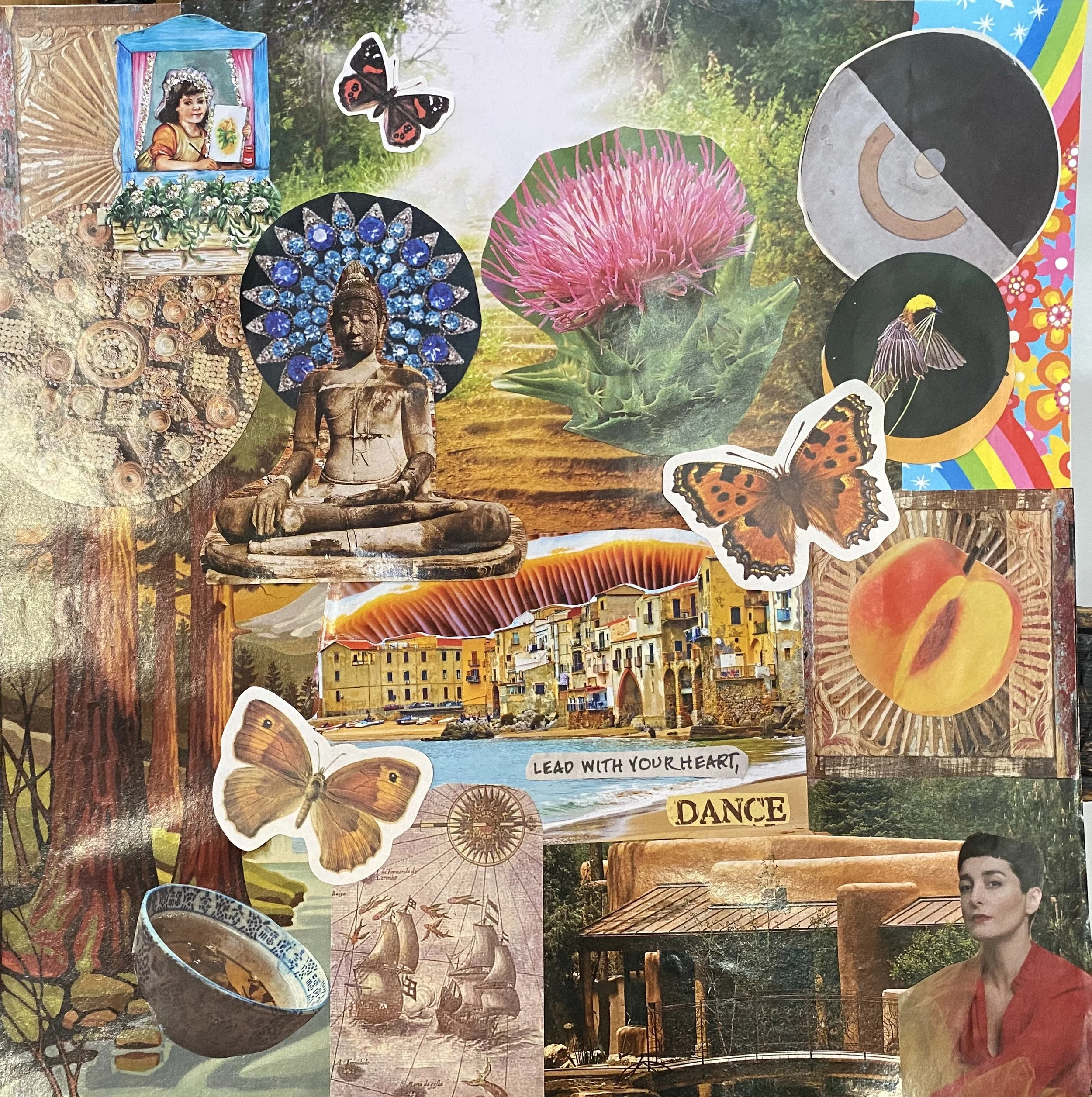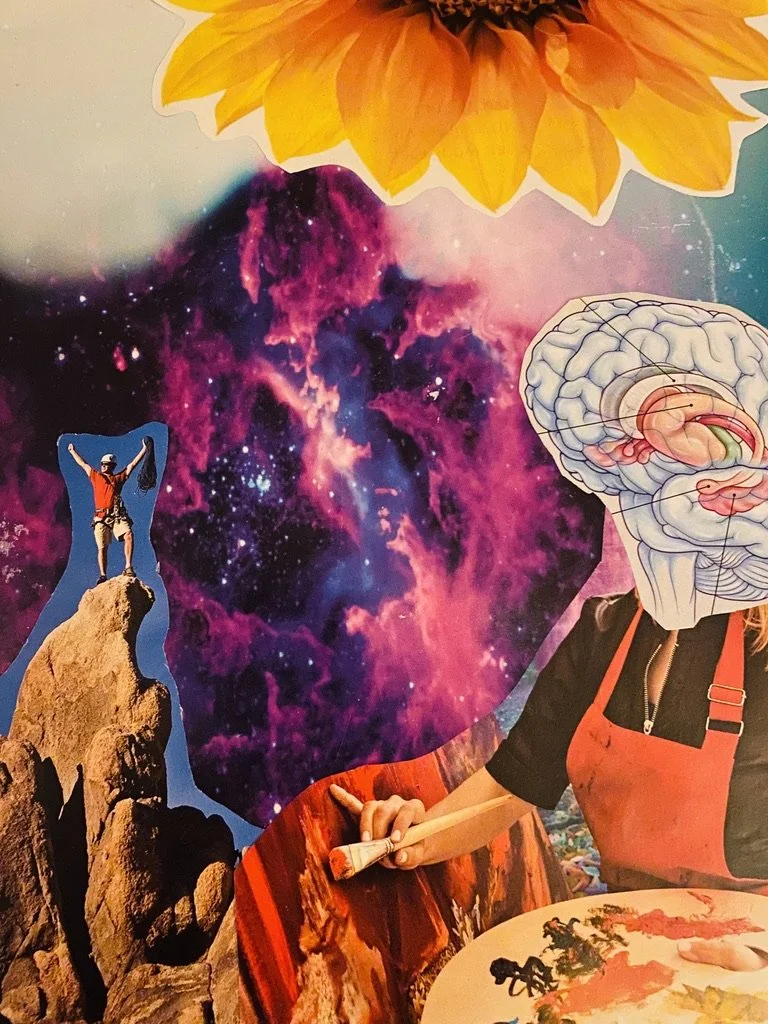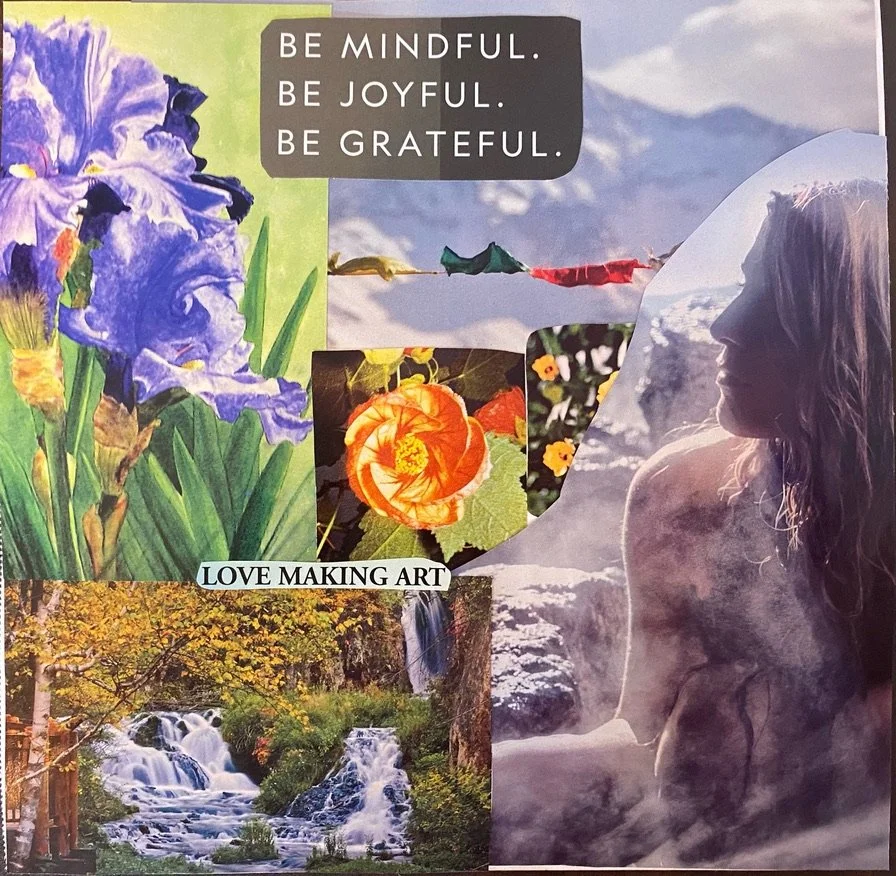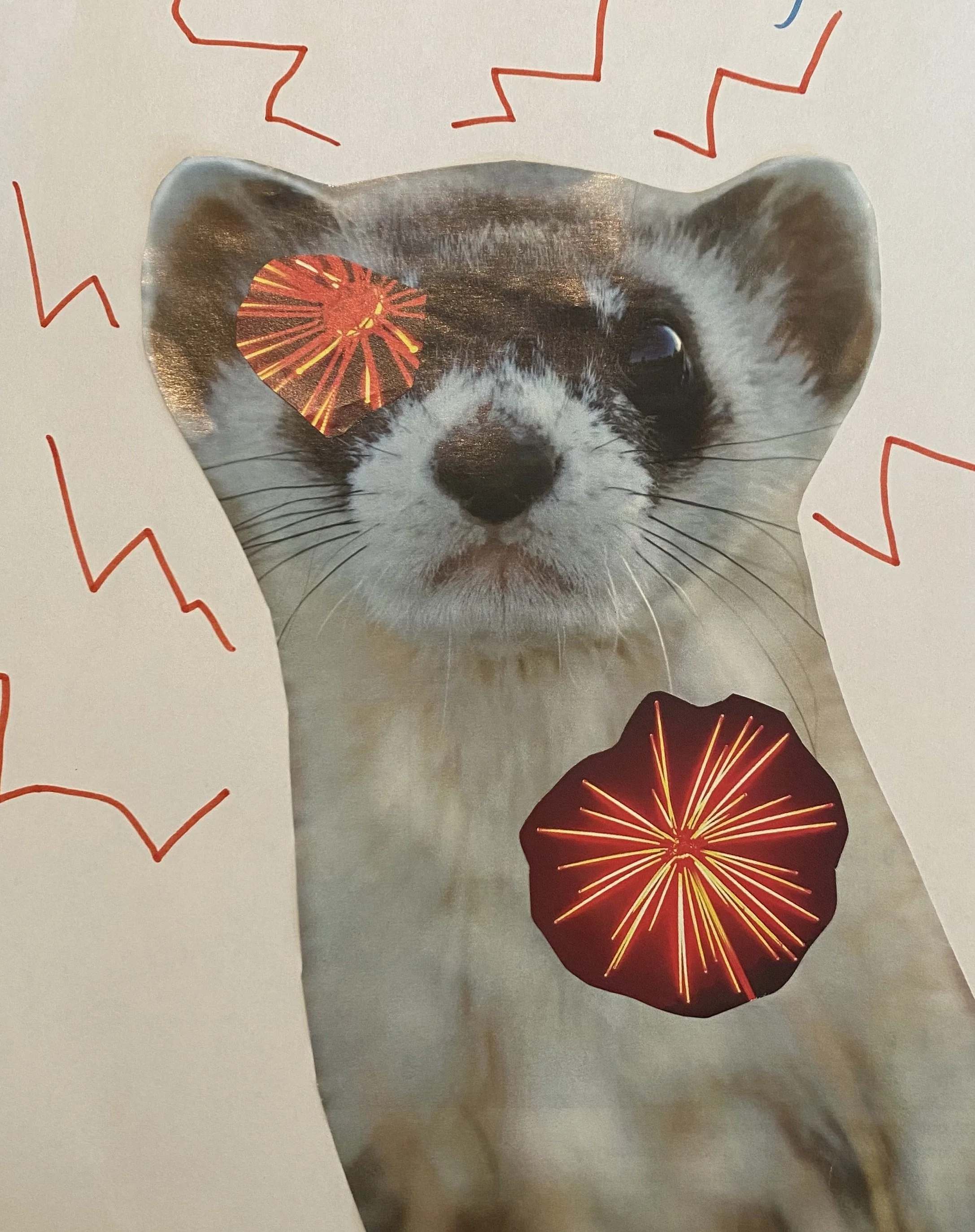Do you ever notice conflicting feelings inside you, like a part of you wants something while another part holds back? Parts work is a therapeutic approach based on the idea that we are made up of many different aspects of self, each holding specific emotions, beliefs, or roles that have formed through our life experiences. For example, you might have a part of you that wants to be connected to other people and another part that pulls away when things feel too vulnerable. These parts often show up in response to past events, and in therapy, we learn how to relate to them with curiosity rather than judgment. From a neuroscience perspective, this process helps build new neural pathways. As Dr. Daniel Siegel explains, when we bring awareness and compassion to these inner experiences, we promote integration in the brain, which means the different regions begin to work together in more balanced and flexible ways. Over time, this can help to reduce anxiety, shame, and reactivity, while strengthening our ability to feel grounded, connected, and whole.
Discovering Pieces of Self
Collage is an art form that offers an external reflection of these internal parts. It is a process that doesn't ask us to create something from scratch, but instead invites us to gather parts that are already in existence. Scraps, fragments, bits of beauty, affirmations, longings, and paradoxes all have a place. In many ways, collage mirrors the process of integration and honors the messiness of it too. There’s no pressure to get it “right.” You cut, tear and shuffle parts around until something clicks. The act of collage layers pieces of image and text into something whole, mirroring the process of understanding ourselves. The process provides a space to engage with parts of ourselves we haven’t fully met yet, pieces of memories, future hopes, or hidden emotions that are waiting to be seen. Often what emerges in an intuitive gathering of what was, what is, and what might be.
Collage can be an embodied practice as well, a way to tune in and track your felt experience. You might notice a tightness in your chest when an image stirs up a past relationship, or feel a sense of openness and lightness when you find something that reminds you of hope. When we slow down enough to notice these sensations, they can bring us into deeper contact with our parts. The canvas becomes a place where contradictions are welcomed, where joy and pain can sit side by side. Creating an empathetic space for complexity to exist is often where healing begins. Research in neuroplasticity shows that our brains change through repeated experience, and that new pathways form when we engage with intention and awareness. In trauma recovery, this means we can shift patterns of fear, shame, and disconnection. Collage offers a way to do just that by helping us connect with the past and the present while shaping new and more integrated internal stories.
What Speaks to You
The first part of collaging can feel like a treasure hunt as you gather images that speak to you. These might come from magazines, newspapers, calendars, postcards, ticket stubs, vintage books, cereal boxes, candy wrappers, or even color swatches from the hardware store. The possibilities are endless. It can be deeply satisfying to sit with a pile of gathered scraps and simply notice how you respond to different colors, textures, and symbolic metaphors.
Next, begin to play! Using scissors, hole punches, or just your hands, start tearing and cutting the images, rearranging them in ways that stir curiosity, spark inspiration, or possibly evoke tension. There is no wrong way to do it. You might follow a theme, a color palette, a shape, or a feeling. Let the process guide you. Try out new compositions and allow seemingly unrelated images to sit next to one another. When something clicks, glue it down. If accessing materials is a challenge consider exploring digital collage as well! This practice doesn’t have to be elaborate. I often invite clients to begin by choosing three images: one that feels familiar, one that feels uncomfortable, and one that surprises them.
If you are still not sure where to begin, here are a few prompts to support your exploration of parts work through collage:
Collage a part of you that feels hard to accept
Choose a part that may feel judged or pushed away, like anxiety, self-doubt, or anger. Let yourself gather images that reflect its energy, voice, or mood. Take a moment with these images and notice how your body is responding. This is not about fixing or changing the part, but about making gentle and compassionate contact with it. After you have arranged the images, spend a few minutes writing about what you learned about this part. What do they want you to understand? What do they hope for? How do they feel towards other parts of yourself? How old are they? Does this part have a name? You can bring this into therapy as a way to explore this part's history and purpose.
Create a collage of your grounded, wise self
Gather images that evoke clarity, confidence, and inner knowing. Think of this collage as a visual resource, something you can return to when you feel scattered or disconnected. As you create, notice the felt sense of this part. What supports it? What helps it grow stronger? Try writing a message from your grounded self to the parts of you that struggle. You might also place the collage somewhere visible, to visit it on a daily basis as a reminder of your inner capacity to anchor and care for yourself. This can become a helpful touchstone to bring into therapy as a resource when you need centering.
Make a collage for your inner child
The inner child is a part of you that holds the emotional experiences, needs, and memories from earlier stages of life. This part often carries the joy, creativity, and curiosity of childhood, as well as unmet needs, fears, or wounds that formed during times of disconnection or stress. Choose images that reflect your inner child’s voice, including what they loved, what they feared, and what they longed for. Let yourself gather symbols that feel tender, playful, or vulnerable. As you arrange the collage, pay attention to your emotional and bodily responses. Consider placing this collage next to your grounded, wise self as a visual reminder that you can give and receive care and support. Consider offering this inner child a physical gesture or written message or reassurance that they are not alone.
Connect With Self
However you begin, let the process be your guide. Whether you are gathering images by hand or curating them digitally, give yourself permission to follow what draws you in. This is not about creating something perfect, but about being in an honest relationship with your inner world. Parts work helps us to relate to all aspects of ourselves with more compassion, from the parts that feel anxious or afraid to those that carry strength, wisdom, and resilience. When we slow down and give all parts space to be seen and felt, we can create the conditions for healing. Collage becomes a way to externalize this process with compassion, one image, one feeling, one small piece at a time. With support this practice can encourage further integration, helping us to feel more whole, more resourced, and more connected to who we truly are.
If you’re interested in exploring how various forms of art can support your therapeutic journey, please reach out to connect with one of our therapists.
The collages in this post are original works of art created by Sara Truitt.
For more resources check out:
Kanyer, L. (2021). Collage care: Transforming emotions and life experiences with collage. LK Collage Books.
Rivan, M., & Rivans, M. (2020). Extraordinary things to cut out and collage. Chronicle Books.
Siegel, D. J. (2010). Mindsight: The new science of personal transformation. Bantam Books.
Schwartz, R. C. (2021). No bad parts: Healing trauma and restoring wholeness with the Internal Family Systems model. Sounds True.
Last, if you are in or around Boulder, Colorado, check out Art Parts, a nonprofit creative reuse center offering affordable recycled art materials and endless inspiration.
